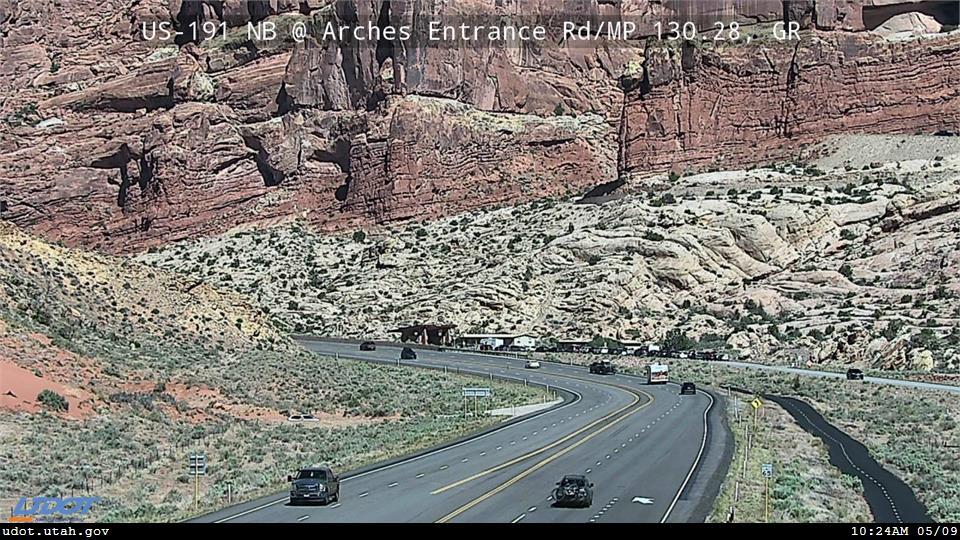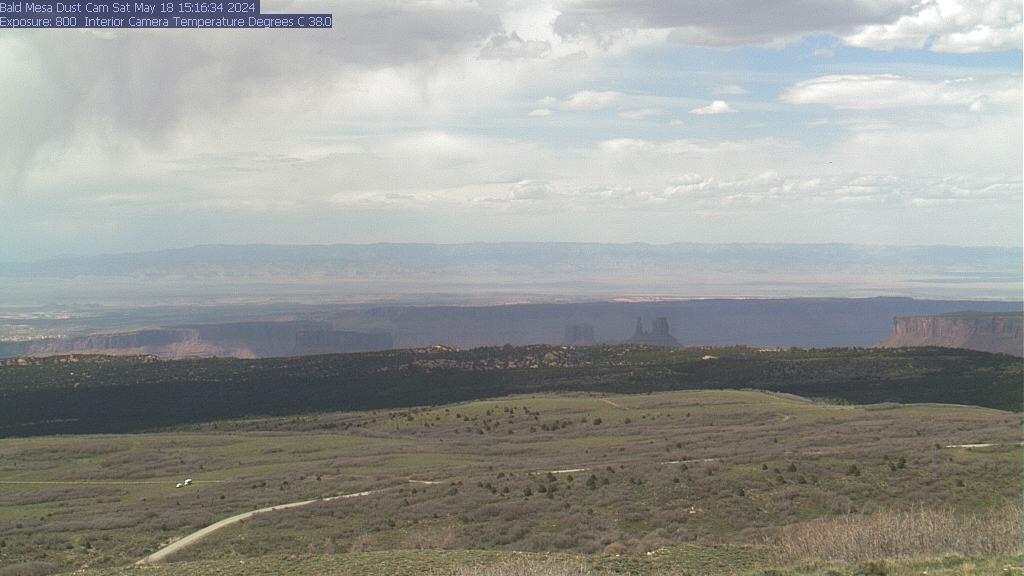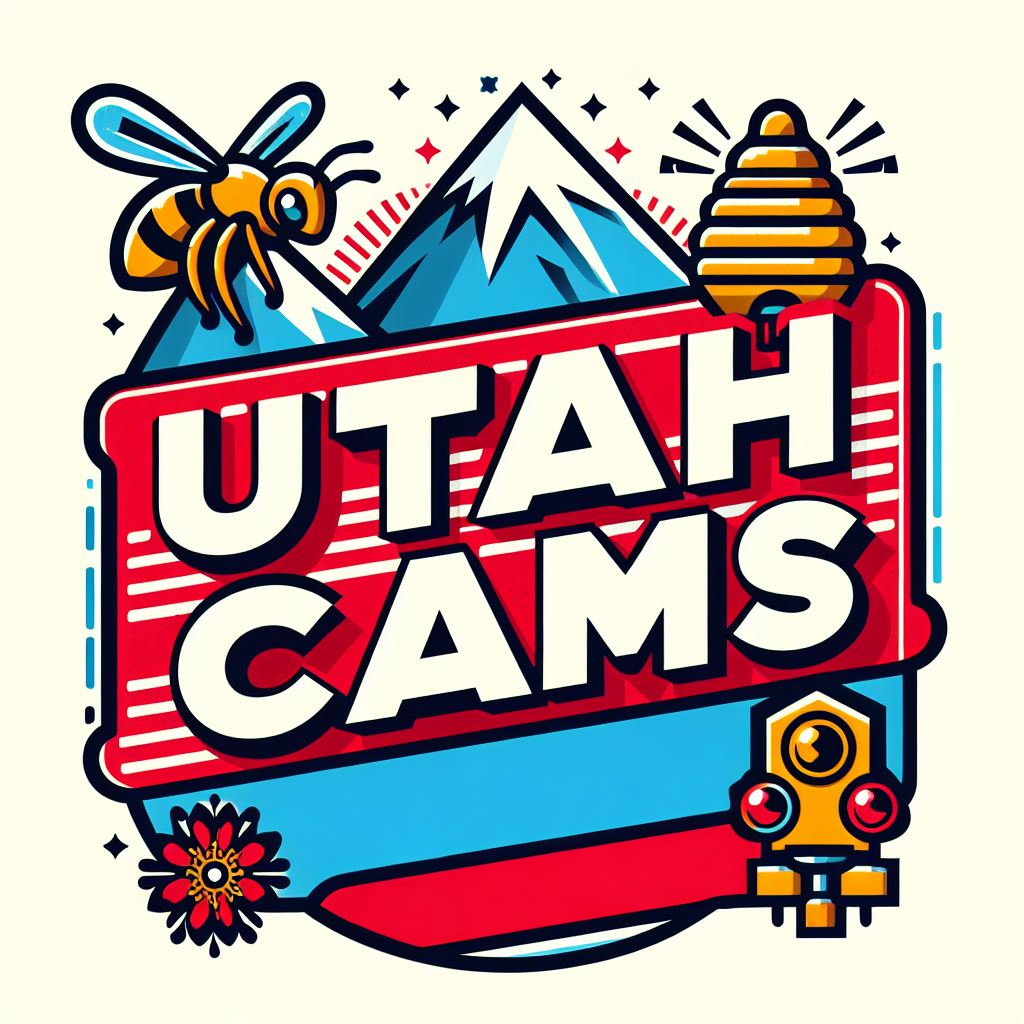Moab, UT Weather Cams
Arches National Park Entrance Station Cam

Highway 191 at Arches National Park Entrance Rd

Castle Valley: Castleton Cam

Castle Valley: La Sal Mountains (Bald Mesa) Cam

Island in the Sky/San Juan County Cam

Moab, Utah: From Ancient Habitations to Modern Adventure Capital
Ancient Beginnings: The Indigenous Peoples
Moab Utah Webcams. The history of Moab, Utah, begins long before European settlers arrived. The region was originally inhabited by Native American tribes, including the Ute, Navajo, and the ancestral Puebloans. Evidence of these early inhabitants is abundant in the form of petroglyphs and pictographs found in nearby areas like Arches National Park and Canyonlands National Park. These ancient rock carvings and paintings, some dating back thousands of years, provide glimpses into the rich cultural and spiritual life of the region’s first peoples.
The ancestral Puebloans, often referred to as the Anasazi, lived in the region from around 200 to 1300 AD. They built sophisticated dwellings and developed advanced agricultural techniques to thrive in the arid landscape. Their legacy remains etched in the region’s rock formations and canyons, offering a window into their enduring connection with the land.
The Arrival of European Settlers: A New Chapter
The arrival of European settlers in the mid-19th century marked a new chapter in Moab’s history. In 1855, the Elk Mountain Mission, a group of Mormon missionaries, attempted to establish a settlement in the area. However, conflicts with the local Native American tribes led to the abandonment of the mission within a year.
It wasn’t until the 1870s that permanent settlers began to establish roots in Moab. These pioneers were drawn by the promise of fertile land along the Colorado River. They developed small farms and ranches, utilizing the river’s water for irrigation. Moab’s remote location and challenging environment meant that growth was slow, but the community gradually expanded.
Mining Boom: Uranium and Potash
Moab’s fortunes changed dramatically in the mid-20th century with the discovery of uranium deposits in the surrounding area. The uranium boom of the 1950s brought an influx of prospectors, miners, and entrepreneurs to the town. Charlie Steen, a geologist, made a significant discovery in 1952, leading to the development of the Mi Vida mine. This discovery earned him the nickname “Uranium King” and transformed Moab into a bustling mining town.
The population of Moab surged as workers flocked to the area in search of employment and fortune. The town’s infrastructure expanded rapidly, with new housing, businesses, and services to accommodate the growing population. The uranium industry brought prosperity to Moab, but it was a boom-and-bust cycle. By the 1960s, uranium prices had fallen, leading to a decline in mining activity.
In addition to uranium, potash mining became an important industry for Moab. Potash, used primarily as a fertilizer, is extracted from underground deposits and has contributed to the local economy. The potash industry has remained more stable than uranium, providing a steady source of employment and revenue for the town.
Tourism and Recreation: A New Economic Foundation
As mining activity waned, Moab sought to reinvent itself. The stunning natural landscapes that had once been the backdrop to mining operations now became the focal point of a burgeoning tourism industry. The establishment of Arches National Park in 1929 and Canyonlands National Park in 1964 helped to put Moab on the map as a destination for outdoor enthusiasts and nature lovers.
The unique geological formations, including the iconic arches, spires, and canyons, began to attract visitors from around the world. Hiking, camping, and sightseeing became popular activities, drawing more tourists to the area. The rugged terrain also provided ideal conditions for off-road driving and mountain biking, leading to the development of a thriving adventure sports scene.
Moab’s transformation into an outdoor recreation hub gained momentum in the 1980s and 1990s. The town capitalized on its natural assets by hosting events such as the annual Easter Jeep Safari and the Moab Music Festival. These events, along with the development of world-class trails like the Slickrock Bike Trail, solidified Moab’s reputation as a premier destination for adventure tourism.
Environmental Stewardship: Balancing Growth and Conservation
With the growth of tourism came the challenge of balancing economic development with environmental conservation. Moab’s community has been proactive in addressing these challenges, implementing measures to protect the region’s fragile ecosystems and cultural heritage. Efforts to promote sustainable tourism include trail maintenance, waste management, and educational programs to raise awareness about the importance of preserving the natural environment.
Local organizations and government agencies work together to ensure that Moab’s growth is managed responsibly. Initiatives such as the Moab Area Travel Council’s “Do it Like a Local” campaign encourage visitors to respect the environment and practice responsible recreation. These efforts aim to maintain the delicate balance between welcoming tourists and protecting the natural beauty that draws them to Moab.
Modern Moab: A Vibrant Community
Today, Moab is a vibrant community that embraces its unique blend of history, culture, and natural beauty. The town has grown to accommodate a diverse population, including outdoor enthusiasts, artists, entrepreneurs, and retirees. The local economy thrives on tourism, supported by a wide range of businesses, including hotels, restaurants, outfitters, and galleries.
Moab’s arts and culture scene has flourished alongside its outdoor recreation industry. The town hosts various festivals and events throughout the year, celebrating music, film, and the visual arts. The Moab Museum provides a space for residents and visitors to explore the area’s rich history, from its ancient Native American roots to its mining heritage and beyond.
Looking to the Future: Opportunities and Challenges
As Moab continues to grow and evolve, it faces both opportunities and challenges. The town’s popularity as a tourist destination brings economic benefits but also pressures on infrastructure and natural resources. Ensuring that growth is sustainable and benefits the entire community is a priority for local leaders.
Environmental stewardship remains a central focus, with ongoing efforts to protect the region’s unique landscapes and ecosystems. Addressing issues such as water conservation, waste management, and the impacts of climate change are critical for Moab’s long-term sustainability.
Moab’s future will be shaped by its ability to balance growth with conservation, preserving its natural wonders while fostering a vibrant and inclusive community. With its rich history, stunning landscapes, and resilient spirit, Moab is well-positioned to continue thriving as a unique and beloved destination in the heart of the American Southwest.
For more information, visit the official Moab Utah website.
